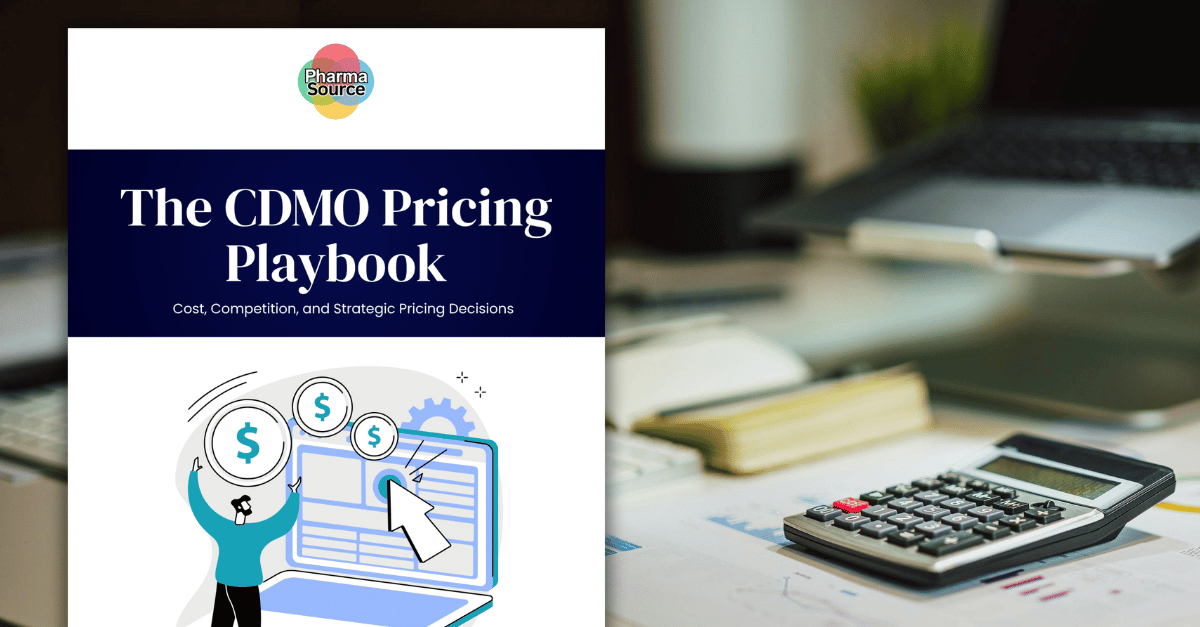Business
Understanding CDMO Pricing: Strategies for Pharma Companies

Pharmaceutical companies often face confusion and frustration when comparing prices for similar products offered by different Contract Development and Manufacturing Organizations (CDMOs). A new guide, titled “How CDMO Pricing Works,” sheds light on the significant price variations that can reach 2-3 times or more, even when factors such as batch sizes, manufacturing locations, and packaging specifications are identical.
Understanding these pricing discrepancies is essential for both pharmaceutical companies and CDMOs. The guide outlines the complexities of CDMO pricing and provides actionable insights to navigate this challenging landscape.
Key Factors Influencing CDMO Pricing
The guide identifies three critical elements that impact CDMO pricing:
1. **Cost-Plus:** This involves internal parameters such as costs, capacity utilization, and strategic considerations.
2. **Market Minus:** This reflects the customer’s willingness to pay based on market economics.
3. **Competition:** This considers the pricing strategies of other CDMOs for similar products.
Many CDMOs adopt a cost-plus approach, calculating their costs and then adding a margin. However, this inward-looking strategy often overlooks market realities, resulting in either lost revenue opportunities or competitive disadvantages. For instance, in a fictional case study within the guide, two CDMOs with identical direct costs quoted prices differing by €16.65 per thousand units due to variations in capacity utilization—one operating at 75 percent while the other was at 40 percent.
The guide elaborates on how corporate overheads can also affect pricing. In the example, one CDMO incurred an additional €5.00 per thousand units in overheads, while the other reported none. Such differences can significantly impact pricing strategies and profitability.
Market-Based Pricing Strategies
Transitioning to a market-based pricing strategy requires a shift in perspective. CDMOs need to consider external factors and calculate customer margins by evaluating pharmacy prices. Understanding the willingness to pay is crucial, as it varies across product categories. For example, generic products often yield 30-50 percent margins for pharmaceutical companies, while specialty generics can reach 50-70 percent. Innovative branded products can command margins as high as 85-95 percent.
The guide also addresses the complexities surrounding high-value Active Pharmaceutical Ingredients (APIs), a challenging area for pricing in CDMO manufacturing. Key factors influencing pricing tolerance include therapeutic area, patent status, geographic markets, and the intensity of competition.
Recognizing these dynamics allows pharmaceutical companies to make informed decisions and reduces the likelihood of frustration when faced with varied pricing. The guide emphasizes that higher prices do not necessarily indicate an attempt to exploit customers; rather, they reflect different pricing strategies and market conditions.
Understanding each party’s constraints fosters better cooperation and strengthens partnerships between pharmaceutical companies and CDMOs.
The authors of the guide, George Ntortas and Kyriakos Kansos, co-founders of Fuliginous Management Consulting, specialize in pharmaceutical manufacturing strategy and pricing optimization. Their expertise comes from analyzing hundreds of CDMO quotes across Europe, helping both CDMOs and pharmaceutical companies navigate complex pricing decisions.
Upcoming Workshop and Resource Availability
Ntortas and Kansos will conduct a live workshop at the CDMO Live Europe event, scheduled for 19-21 May 2026 in Rotterdam. This interactive session will feature real Request for Quote (RFQ) data and live pricing simulations, providing participants with practical insights into effective pricing strategies.
For those interested in exploring this topic further, the comprehensive guide is available for download. This 43-page resource includes detailed frameworks for calculating and comparing CDMO prices, real-world case studies with financial breakdowns, pricing comparison tables, decision diagrams, and templates for evaluating quotes fairly.
Ultimately, the guide aims to improve transparency in the pricing process, benefiting both CDMOs and pharmaceutical companies. As the pharmaceutical landscape continues to evolve, understanding CDMO pricing strategies will be crucial for organizations aiming to thrive in a competitive market.
-

 Entertainment3 months ago
Entertainment3 months agoAnn Ming Reflects on ITV’s ‘I Fought the Law’ Drama
-

 Entertainment4 months ago
Entertainment4 months agoKate Garraway Sells £2 Million Home Amid Financial Struggles
-

 Health3 months ago
Health3 months agoKatie Price Faces New Health Concerns After Cancer Symptoms Resurface
-

 Entertainment3 months ago
Entertainment3 months agoCoronation Street’s Carl Webster Faces Trouble with New Affairs
-

 Entertainment3 months ago
Entertainment3 months agoWhere is Tinder Swindler Simon Leviev? Latest Updates Revealed
-

 World2 weeks ago
World2 weeks agoBailey Announces Heartbreaking Split from Rebecca After Reunion
-

 Entertainment4 months ago
Entertainment4 months agoMarkiplier Addresses AI Controversy During Livestream Response
-

 Entertainment2 weeks ago
Entertainment2 weeks agoCoronation Street Fans React as Todd Faces Heartbreaking Choice
-

 Science1 month ago
Science1 month agoBrian Cox Addresses Claims of Alien Probe in 3I/ATLAS Discovery
-

 Health4 months ago
Health4 months agoCarol Vorderman Reflects on Health Scare and Family Support
-

 Entertainment4 months ago
Entertainment4 months agoKim Cattrall Posts Cryptic Message After HBO’s Sequel Cancellation
-

 Entertainment3 months ago
Entertainment3 months agoOlivia Attwood Opens Up About Fallout with Former Best Friend









